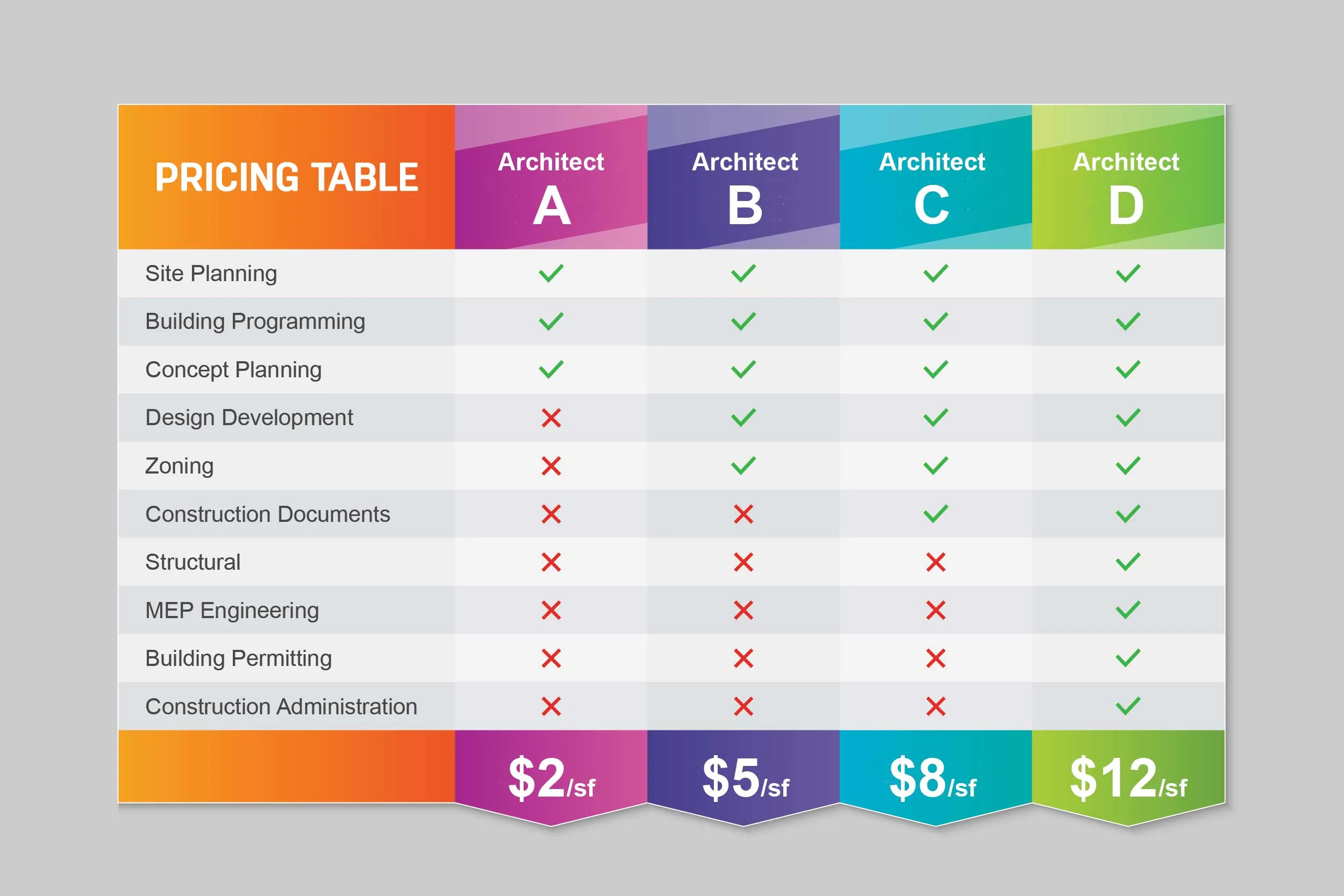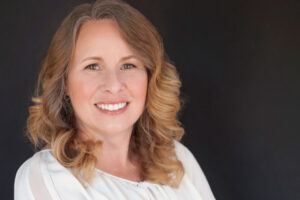
Understanding the Importance of an Architect for Childcare Building Design
Constructing a childcare center isn’t just about erecting a building; it’s about creating a nurturing, comfortable, and safe space where little minds can develop and grow. This task requires a unique combination of creativity, expertise, and understanding, therefore, having the right architect on your team can significantly influence the success of your project.Role of an Architect in Designing a Childcare Center
The architect you choose will play a vital role in the design of your childcare center. They are responsible for creating a design that not only physically protects the children but also promotes a positive learning environment. This involves considering factors like spatial organization, natural light adjustment, noise control, and the creation of engaging and private areas. Ultimately, a well-experienced architect will convert a plain space into an environment that enhances children’s cognitive, social, and emotional development.
Significance of Architecture in Influencing Learning Environment
Children are significantly influenced by their surroundings. Well-planned architecture can create a structure that encourages curiosity, imagination, and social interaction, which are essential in a child’s development. It can facilitate the teaching-staff as well, making their job less strenuous which will further advantage the kids’ learning process. Natural light, colors, room layouts, and outdoor play areas, all come together to create an environment that supports learning and recreation.
Initial Considerations Before Selecting an Architect
Just like other professionals, not all architects are created equal. Before embarking on your architect selection journey, here are a few initial considerations to bear in mind.Identifying Your Childcare Center’s Specific Needs
Before choosing an architect, you need to determine the unique requirements of your childcare center. These may include specific room layouts, age-specified spaces, safety requirements, or outdoor play areas. Once you know your specific needs, you can then evaluate whether potential architects can meet these requirements.
Understanding Local Building Codes and Regulations
Different regions have different building codes and regulations, especially when it involves facilities for children. Your architect should understand these codes and create a design that adheres to them. Misunderstanding or ignoring these can lead to legal problems down the line and damage your reputation.
Budget Considerations for Hiring an Architect
While cost should never be the only consideration when hiring a professional, it is still an essential part of the decision-making process. You must consider the cost of hiring an architect and whether this fits into your budget.
Guide to Finding Potential Architects
Finding potential architects can be challenging but knowing where to look can make the process easier.Searching Online for Architects with Relevant Childcare Experience
An easy way to find potential architects is through an online search. Conducting a focused search for architects with childcare center building experience can help identify pertinent candidates. Online architecture databases or professional networking sites can also be useful sources.
Seeking Recommendations from Other Childcare Providers
Personal recommendations are often the most reliable way to find a trustworthy, experienced architect. Seek advice from owners or managers of other childcare centers in your region. Their firsthand experience may provide invaluable insights about potential candidates.
Attending Industry Events and Conferences
Industry events and conferences can be another avenue to search for potential candidates. These events often gather professionals from different work fields and can be an excellent opportunity to network with architects who specialize in childcare centers.

Assessing an Architect’s Qualifications
Once you have a pool of potential architects, the next step is to assess their qualifications.Reviewing Architects’ Portfolios and Past Work
One of the most effective ways to evaluate an architect’s skills is to review their portfolio. Examine their previous projects to see if their designs align with your vision and if they have a proven track record of designing childcare centers.
Checking Credentials and Professional Certifications
An architect’s certifications and credentials are a testament to their legitimacy and dedication to their profession. Make sure the architect in question has the necessary accreditation, licensures, and any other certifications that might be relevant.
Ensuring They Hold Relevant Insurance and Liability Coverage
Working with an insured and covered architect can bring peace of mind in case something goes wrong during the project. Always ask for proof of insurance and ensure it’s up to date.
Examining an Architect’s Experience with Childcare Projects
With a narrowed list of architects, it’s time to delve deeper into their specific experience with childcare center projects.Consideration for Their Previous Exposure to Childcare Projects
Some architects may have a lot of experience in general construction, but not specifically for childcare centers. It’s pertinent to assess their exposure and experience in your specific area, as they’ll be better equipped to handle your project’s unique needs.
Understanding Their Approach Towards Childcare Center Design
Every architect has their own unique style and approach to design. Engage in an open discussion with a potential architect about their philosophy on designing childcare centers. This will help you understand how well their approach aligns with your vision for your center.
Reviewing Testimonials and References from Past Clients
Hearing from others who have worked with the architect in question can provide priceless insight into their work style, reliability, and professionalism. If possible, contact their previous clients and ask for honest feedback.
Conducting Architect Interviews
Having followed the steps above, you’ll be ready to conduct interviews with your picked candidates.Preparing Key Questions to Ask During the Interview
Carefully prepare a list of key questions for the interview. You might want to ask about their design philosophy, how they handle project management, how they’ll ensure the project stays within budget, how they incorporate local building codes into their designs, and more.
Discussing Their Approach Towards Meeting Specific Building Requirements
Architects should have a clear approach to how they’ll meet your building requirements. Inquire about this and assess how well they’ve understood your center’s needs. By having this discussion, you can develop a clearer picture of how they’ll bring your vision to life.
Understanding Their Communication Style and Project Management Skills
Architects do much more than just design; they also have critical project management roles. Understand their communication style, how they coordinate with builders and contractors, how they handle problems, and their general approach to project management.

Comparing Architect Proposals
After your interviews are done, you may have a few proposals to compare.Looking Out for Detailed and Clear Proposals
The best architects will provide clear and detailed proposals. This should include a breakdown of costs, proposed timelines, a summary of the work they plan to undertake, and proposed solutions for your project’s specific needs.
Reviewing Provided Design Concepts and Ideas
Review the design concepts and ideas proposed to assess whether they align with your vision. Therefore, it is essential to have a visual representation, like a blueprint or a digital model, to provide a clear picture of the final result.
Comparing Estimated Project Timelines and Cost
Ensure that the architects’ proposals align with your estimated project timeline and budget. However, remember that in construction projects, unexpected things can happen, so look for a proposal that allows some flexibility without dramatically impacting the budget.
Negotiating the Contract Details
Once you have decided on the architect you want to work with, it’s time to negotiate the contract and project details.Discussion of Payment Terms and Conditions
Every architect has a different payment structure. Some may charge a flat fee, while others might charge per hour or as a percentage of the total project cost. Clarify these details before signing the contract.
Clarifying the Scope of Work and Project Deliverables
The contract should clearly state the scope of work and what deliverables the architect will provide. This could include blueprints, 3D models, progress reports, post-construction reviews, and more.
Setting Realistic Project Timelines and Deadlines
Even though the construction timeline might have been discussed earlier, now is the time to finalize it. Set realistic project timelines and deadlines that ensure the architect will complete the project efficiently and effectively without compromising on quality.
Working with the Selected Architect
After you’ve signed the contract, the real work begins!Setting up Regular Communication and Update Routines
Regular communication is key in maintaining a good relationship with your architect and keeping the project on track. Set up regular update routines that fit both parties to ensure a smooth flow of information throughout the project.
Ensuring Open Feedback and Suggestion Options
Your relationship with your architect should be a collaboration. Ensure there’s a feedback system in place where you both can give and receive suggestions and make changes as necessary.
Handling Project Changes and Challenges
Flexibility is vital during construction projects. Unexpected challenges can come up; therefore, you and your architect need to be prepared to adapt and make necessary changes.
Evaluating the Result of the Architect’s Work
After the completion of your childcare center, it’s time to review and reflect on your collaboration with your architect.Assessing Final Design Efficiency
Evaluate the final design efficiency. Ask yourself if the architect was able to meet your initial design goals and expectations.
Measuring Project Success against Initial Goals
Measure the success of your project against your initial goals. Consider whether the project stayed within your budget, met the set deadlines, and fulfilled all its intended objectives.
Reviewing Overall Satisfaction with the Architectural Service
Finally, it’s valid to assess your overall experience with the architect. Was communication satisfactory? Were there any issues during the project? Would you hire this architect again for future projects? Reflecting on these questions will help you evaluate your entire experience with your architect.
Remember, choosing the right architect for designing your childcare center involves a combination of experience, skills, and communication. Make sure you consider all these aspects carefully to find the best fit for your project. This way, you ensure not just the creation of a building, but the conception of a space that will help little minds thrive.

